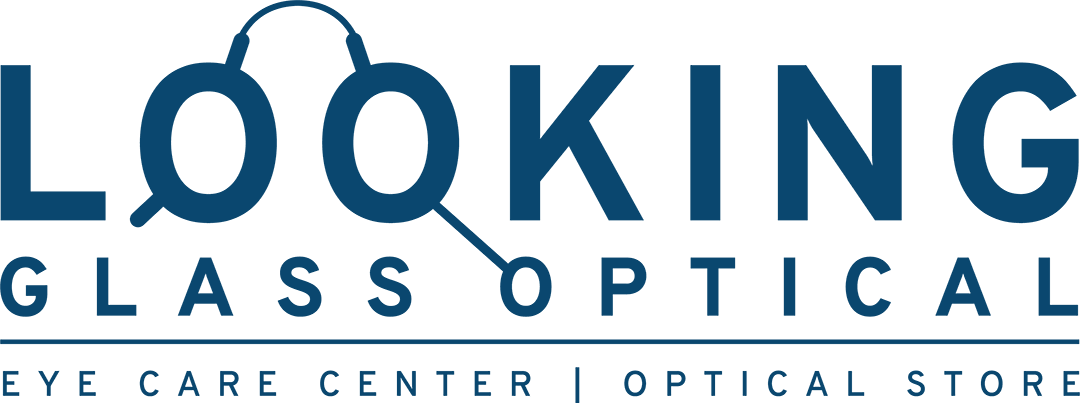3 Types of Cataracts and their Symptoms
A cataract is a condition where the eye’s natural lens is clouded. The natural lens is located behind the iris and the pupil. When cataracts occur, the individual suffers from a type of vision loss. For individuals over the age of 40, cataracts are actually the most common cause of vision loss. There are three types of cataracts that can occur within the eyes; subcapsular, nuclear, and cortical.
It is important for individuals over the age of 40 to learn about these cataract types so they can determine if there is a problem with their vision. Understanding the types and knowing the signs and symptoms will also help you to determine if you have a cataract issue and seek help from a professional.
Types of Cataracts
Subcapsular Cataracts
 This type of cataract takes place within the back portion of the lens. Individuals with diabetes or those who take a high dosage of steroid medicine are at an increased risk of developing this type of cataract.
This type of cataract takes place within the back portion of the lens. Individuals with diabetes or those who take a high dosage of steroid medicine are at an increased risk of developing this type of cataract.
Nuclear Cataracts
This type of cataract is formed deep within the central zone of the lens, known as the nucleus. This type of cataract is more commonly associated with the process of aging.
Cortical Cataracts
This type of cataract is connected to white opacities in wedge shapes that begin in the periphery of the lens. These cataracts will move to the center of the eye in a spoke-like manner. Cortical cataracts take place in the lens cortex. This area of the eye is the part of the lens that is surrounding the central nucleus.
Signs and Symptoms
Now that you know the three common types, it is important to learn about the signs and symptoms of cataracts. A cataract will begin small in size and will have very little effect on your vision. You may begin to notice that your vision seems blurred or cloudy. The light from outside or a lamp may seem glaring or overly bright. You can also begin to notice that headlights in nighttime driving appear to glare more than normal. Colors can also start to diminish in brightness.
Depending on the type of cataract you have, the effect in which symptoms will occur and how soon they begin will vary. Take the nuclear cataract for example. When you suffer from this condition, you will see a temporary improvement in your near vision. This is known as second sight. However, the improvement will not last as long as the cataract becomes worse.
Risk Factors
Age plays a role in the development of cataracts but there are also risk factors involved. Individuals with diabetes, hypertension, obesity, or a family history of cataracts are more at risk. Previous eye surgery, as well as injury or inflammation in the past, are also risk factors.
Whenever you feel that an issue is occurring within your sight, it is important to visit an eye doctor. Eye health is very important and a doctor will be able to determine if you have cataracts or another eye problem.
Share
